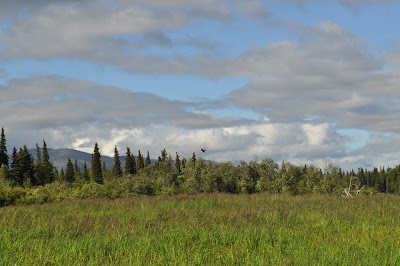A place for critiques and discussions about restoration ecology research, ideas, and practice. Original contributions by UC Berkeley graduate students as part of the Fall 2010 Environmental Science, Policy, and Management graduate seminar on restoration ecology.
Design and Implementation of Monitoring Studies to Evaluate the Success of Ecological Restoration on Wildlife
Block, W. M., Franklin, A. B., Ward, J. P., Ganey, J. L. and White, G. C. (2001), Design and Implementation of Monitoring Studies to Evaluate the Success of Ecological Restoration on Wildlife. Restoration Ecology, 9: 293–303. doi: 10.1046/j.1526-100x.2001.009003293.x
Block et al. expose the loose ends and lack of rigor in restoration ecology monitoring designs. As a designer, I found this article very interesting because it reveals the lack of clarity, intention and execution within the majority of restoration designs. Looking primarily at how restoration projects influence wildlife changes, they claim wildlife is grossly understudied, and therefore lay out both a conceptual framework as well as a very holistic methodology in determining an appropriate design for a monitoring system.
While restoration ecology is still a relatively new field, their critique opens ones eyes to the lack of scientific grounding many studies before 2001 had. This paper advises researchers to pay close attention to the context of site and conditions as well as scale when defining a monitoring boundary. It seems obvious, but when you consider the logistics of a project, its funding, and perhaps its timeline, it’s obvious why many design parameters aren’t married with the logistics and biology of specific organisms.
Block et al. convey that adaptive management is an iterative process through which management practices are initiated and their effects monitored at regular intervals. Between increments of time within a study, outcomes are evaluated as either positively or negatively, through which monitoring should be tweaked to make the design as intentional as possible until the processes and components of the larger system are understood and designed well. All in all, this study is very honest about how un-scientific and poorly planned monitoring of restoration projects really are, all the while offering specific and targeted suggestions for ecologists.
Photo: Bald Eagle, Nuyakuk River (Fiona Cundy)
Subscribe to:
Post Comments (Atom)

No comments:
Post a Comment